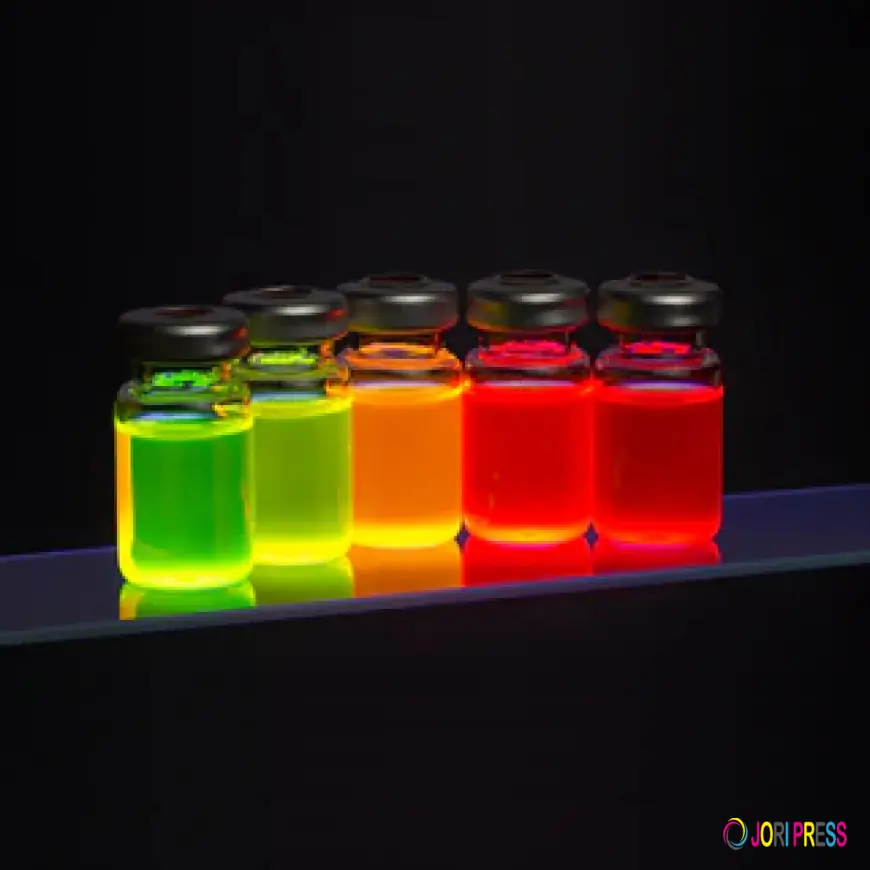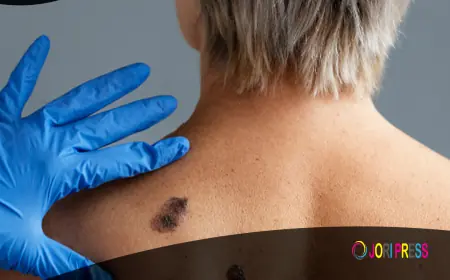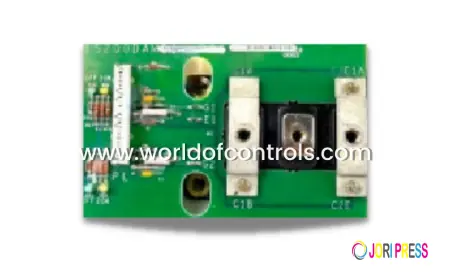A Step-by-Step Guide to Synthesising InP/ZnS Core/Shell Quantum Dots for High Photoluminescence

Quantum dots (QDs) have revolutionized the field of optoelectronics, offering tunable light emission, high brightness, and excellent stability. Among them, InP/ZnS sulfide quantum dots have gained significant attention as a safer and eco-friendly alternative to cadmium-based QDs. These nanocrystals are ideal for display technologies, bio-imaging, and lighting applications due to their high photoluminescence quantum yield and broad color tunability.
This guide provides a detailed, step-by-step approach to synthesizing InP/ZnS core/shell quantum dots, focusing on achieving strong photoluminescence and structural stability.
1. Understanding the Basics: Why InP/ZnS Quantum Dots?
Indium phosphide (InP) quantum dots serve as the core material, known for their tunable bandgap and non-toxic nature. However, bare InP cores are prone to surface defects that reduce luminescence. To overcome this, a zinc sulfide (ZnS) shell is grown around the core. The ZnS shell passivates surface traps, enhances stability, and improves the overall quantum yield.
Thus, the InP/ZnS core/shell structure combines the desirable optical features of InP with the protective and luminescent properties of ZnS.
2. Materials Required
To synthesize high-quality InP/ZnS sulfide quantum dots, the following reagents and equipment are typically used:
-
Precursors for the InP Core:
-
Indium acetate (In(OAc)₃)
-
Myristic acid or oleic acid
-
Tris(trimethylsilyl)phosphine ((TMS)₃P) – as the phosphorus source
-
-
Precursors for the ZnS Shell:
-
Zinc stearate or zinc acetate
-
Sulfur powder or (TMS)₂S
-
-
Solvents and Additives:
-
Octadecene (ODE)
-
Oleylamine (OLA)
-
Trioctylphosphine (TOP)
-
Nitrogen or argon gas (for inert atmosphere)
-
3. Step 1 – Synthesis of the InP Core
a. Preparation of the reaction mixture:
In a three-neck flask, mix indium acetate with myristic acid in ODE. Heat the mixture to around 120°C under vacuum to remove moisture and oxygen. This step ensures the formation of a clear indium myristate complex.
b. Injection of the phosphorus precursor:
After cooling to around 80°C, switch to a nitrogen atmosphere. Gradually heat the solution to 180–200°C and swiftly inject (TMS)₃P dissolved in TOP. The mixture will turn slightly colored, indicating InP core nucleation.
c. Growth phase:
Maintain the temperature for 30–60 minutes to allow the growth of InP nanocrystals. Cooling the mixture afterward yields monodisperse InP cores.
4. Step 2 – Coating the ZnS Shell
The ZnS shell is grown using a successive ionic layer adsorption and reaction (SILAR) method, which ensures uniform shell coverage.
a. Preparation of zinc and sulfur precursors:
Dissolve zinc stearate in ODE with oleylamine and heat until it forms a clear solution. Prepare sulfur precursor separately in ODE or TOP.
b. Layer-by-layer deposition:
Heat the InP core solution to 180°C under nitrogen. Inject the zinc precursor followed by the sulfur precursor slowly and alternately. Each addition forms one ZnS monolayer around the InP core.
c. Repetition and annealing:
Repeat the precursor addition for 3–5 cycles, depending on the desired shell thickness. After the final coating, heat the solution to 220–240°C to anneal the structure, improving crystallinity and photoluminescence.
5. Step 3 – Purification and Characterization
Once the synthesis is complete, cool the reaction mixture and purify the quantum dots using ethanol or acetone precipitation. Centrifuge and redisperse the purified particles in toluene or hexane.
Characterize the synthesized InP/ZnS sulfide quantum dots using:
-
UV–Vis spectroscopy: To observe absorption peaks.
-
Photoluminescence (PL) spectroscopy: To measure emission intensity and wavelength.
-
Transmission electron microscopy (TEM): For size and morphology analysis.
-
X-ray diffraction (XRD): To confirm crystalline phases.
6. Factors Affecting Photoluminescence
The following factors play a crucial role in determining the brightness and stability of InP/ZnS core/shell quantum dots:
-
Core size: Smaller cores emit blue-shifted light, while larger cores emit red-shifted light.
-
Shell thickness: Thicker ZnS shells reduce surface defects, improving emission.
-
Reaction temperature and time: Proper control ensures uniform growth and minimal defect states.
-
Surface ligands: Use long-chain fatty acids or amines for better passivation and dispersion.
7. Applications of InP/ZnS Quantum Dots
Thanks to their high photoluminescence and non-toxic nature, InP/ZnS sulfide quantum dots are ideal for:
-
Quantum dot displays (QLEDs)
-
Bio-imaging and diagnostics
-
Photovoltaics and sensors
-
Solid-state lighting applications
Conclusion
Synthesizing InP/ZnS sulfide quantum dots is a meticulous process that combines chemistry, precision, and patience. From forming the InP core to coating the ZnS shell, each step is vital to achieving high photoluminescence and structural integrity. With growing demand for cadmium-free quantum dots, InP/ZnS remains a sustainable and high-performance choice for next-generation optical and electronic devices.
What's Your Reaction?
 Like
0
Like
0
 Dislike
0
Dislike
0
 Love
0
Love
0
 Funny
0
Funny
0
 Angry
0
Angry
0
 Sad
0
Sad
0
 Wow
0
Wow
0

















































